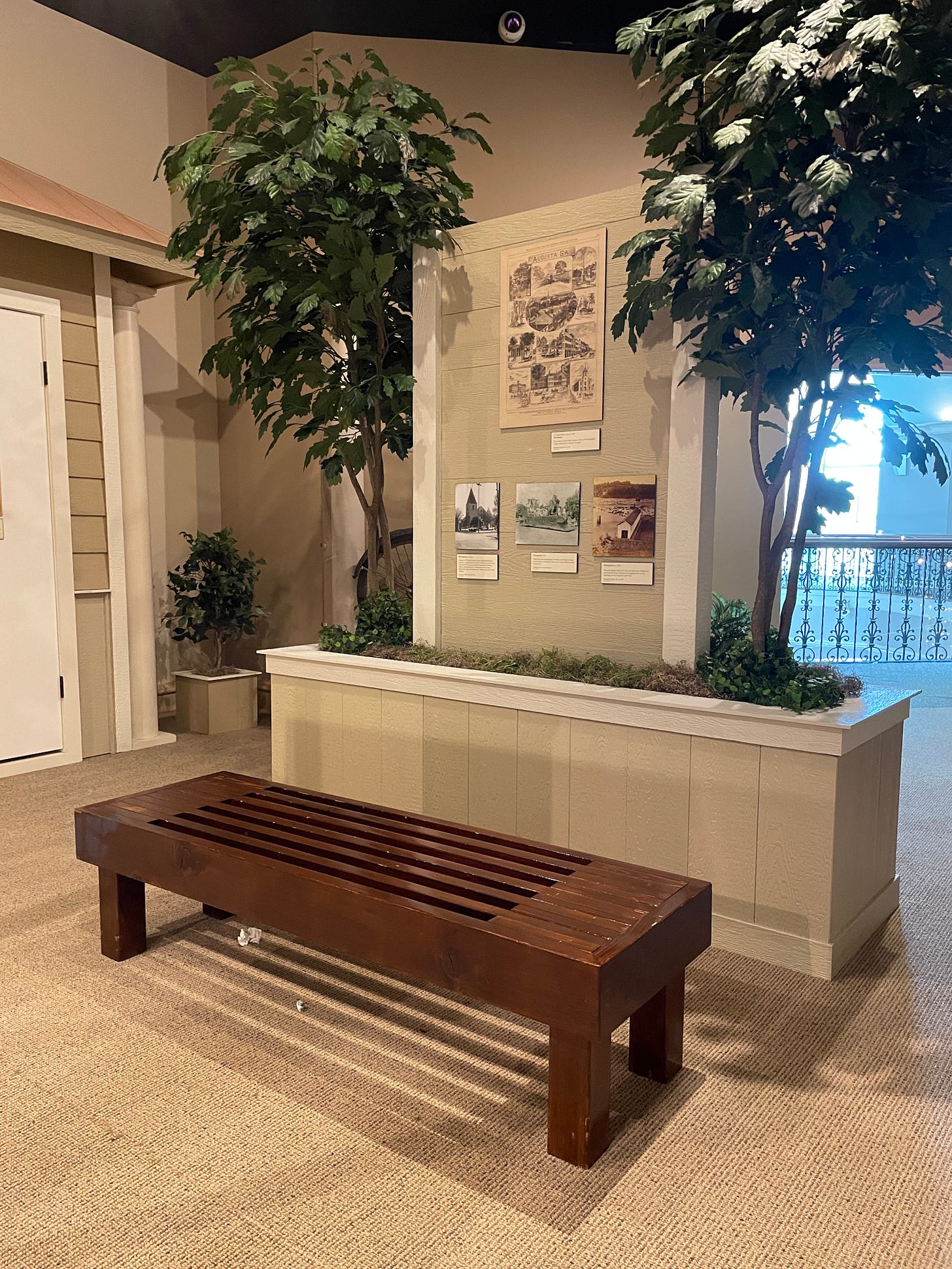I have visited at least hundreds of museums in my life, spanning 12 or 13 countries (I don’t count things like this). I love museums but they often make me cranky. As a past museum professional, I fully understand that their main job is to preserve and exhibit art and history. At the same time, we are their customers. Why don’t they treat us like that? Not all museums are negligent in these areas but many are. And I’m fully cognizant that some of these issues need scarce money and time. Yet, a fulfilling visitor experience, as these items provide, encourages us to return, and to spread positive worth of mouth feedback.
Be more responsive to communication
I’m a bit like Millennials and Gen Z in that I prefer to communicate online rather than make a phone call. I have used multiple methods (Contact Us, direct emails) to communicate with numerous museums, sometimes repeatedly, with zero response. I’ve asked about hours that were not clearly stated on their website. I’ve shared information about a significant person they might want to use for an oral history interview. I’ve politely complained about poor wayfinding. No response!
Be more attuned to well-placed, effective seating
There seems to be an assumption that seating is for old people. But seating is also for a parent trying to focus their child. For a 24-year-old who has had recent sports injury surgery. For friends to sit and discuss an intriguing piece of art. For the artist who is gathering inspiration for their next commission. For the student assigned to practice slow looking. And, while benches are better than no seating, what about arms and backs?
Be better about wayfinding
I describe wayfinding as a science, something to be researched, and to use experienced professionals to create effective ways to guide visitors through the museum. It includes signs, maps, symbols, and architectural features. Instead, we end up with no maps, no signage, no clues on what’s where. Or, we see pieces of paper with a few words printed on it, taped to the wall. Wayfinding is how to get from the parking lot to the museum’s front door. It’s visual input as to where the restrooms, shop, and exits are. It shapes the visitor experience.
Integrate the wellness benefits of visiting museums
Yes, some museums have yoga in the galleries, programs for dementia patients and their caregivers, and special quiet hours for neurodivergent visitors. And that’s good. But it’s not enough. As someone with combined careers in museums and mental health, I know that museums could do better. Wellness could be integrated throughout every museum’s mission. Trauma informed training. Wellness weekends. Collaboration with mental health professionals. Creation of wellness trails. And much more. Museums outside the United States are doing a better job of this than American museums. A wellness focus, addressing one of society’s main challenges, could use the assets that museums already have, but most aren’t yet thinking like this.
Ok, I’ll now take off my Ms. Cranky hat!
And you? What makes you cranky about museums (even if you love them)?
Other recent posts you might be interested in…







